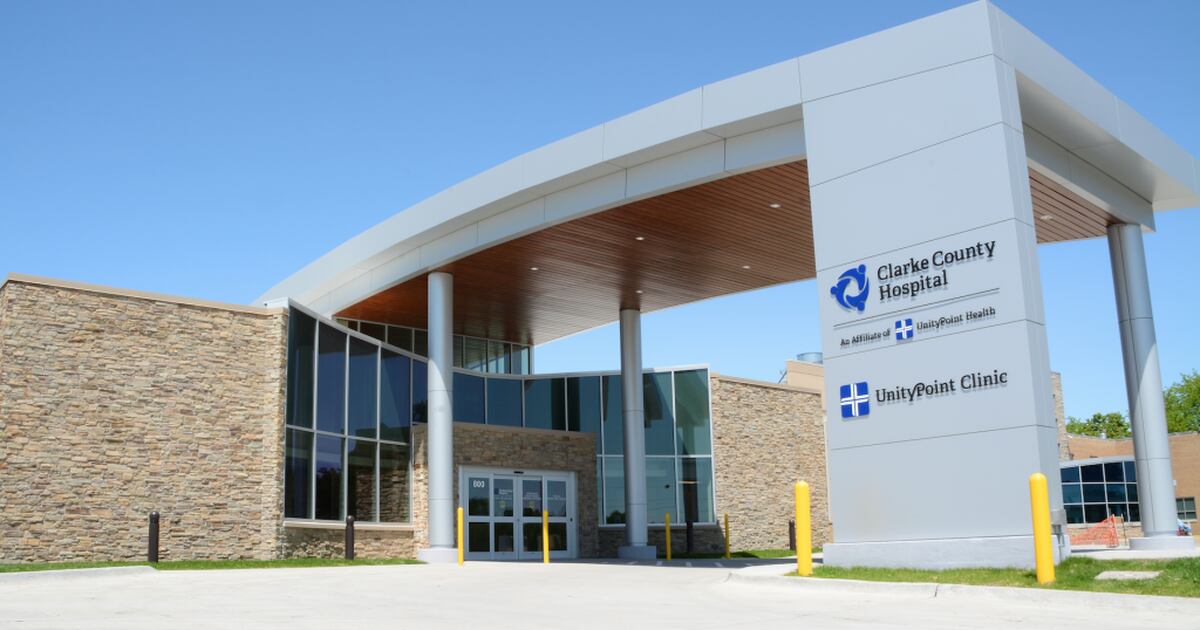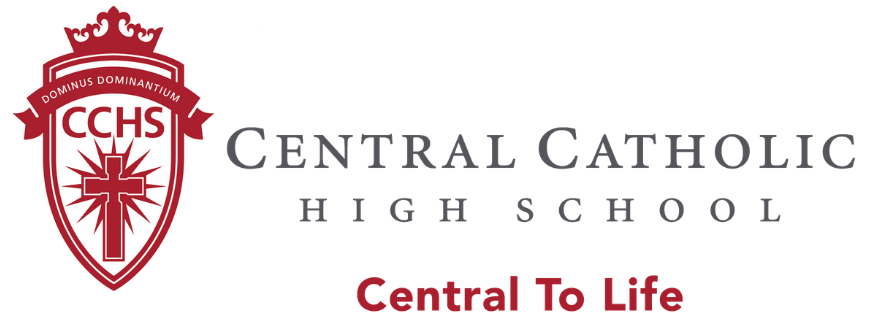
More than 7,000 square feet of clinical space was added by 1985, providing new exam rooms, an ob-gyn suite, a minor surgery/procedures room and a new waiting room. By 1981, CCHS had 30 faculty and the number of patient visits at the Family Practice Center totaled 26,000, requiring the addition of five double-wide trailers set directly behind the center.Ī year later, the Family Practice Center was renamed Capstone Medical Center and work began to expand the facility. The College’s first clinic, the 30,000-square-foot Family Practice Center, opened in 1975 on University Boulevard across from DCH Regional Medical Center. In 1975, the College’s UA Tuscaloosa Family Medicine Residency Program had its first graduate.Īs its medical education programs grew, so, too, did the College’s medical practice, which forms the base of a clinical teaching program for medical students and residents. Heersink School of Medicine (formerly the UA School of Medicine). For the education of medical students, the College is a regional campus of the University of Alabama at Birmingham Marinex E. The first class of medical students who completed their clinical education at CCHS (third and fourth years of medical school) graduated in 1974. Willard introduced family medicine, pediatrics, internal medicine, obstetrics and gynecology, psychiatry, behavioral science and surgery into the College’s curriculum. By and large, training programs haven’t been geared to apply this philosophy and this approach to care.” This contrasts with episodic care, he continued, “where the continuity, the comprehensiveness is not necessarily there. When Willard arrived at UA in the early 1970s, it was to train a new type of doctor – a family physician who “is hopefully trained and will practice in a way that provides continuity of care, that emphasizes prevention, rehabilitation and comprehensive care,” Willard said in the television interview. “Going forward, we are committed to further elevating the distinction of our medical student education and residency, the care of our patients, and the translation of research and discovery to improve the health of Alabama and the Southeast.” Richard Friend, dean of CCHS and a family medicine physician.

“It’s been exciting to watch the College thrive and expand in medical education, patient care and research,” said Dr. Together with its Capstone Hospitalist Group and as operator of the UA Student Health Center and Pharmacy, the College’s medical practice recorded nearly 250,000 patient visits last year.ĬCHS biomedical scientists and other researchers are leading breakthroughs in the development of new medications for chronic conditions, as well as solutions to rural health challenges. The College has built a community medical practice, University Medical Center, that is now the largest in West Alabama with six locations. The College has educated thousands of medical students and resident physicians, created programs to recruit and mentor rural Alabama high school and college students interested in medicine and who want to practice in their hometowns or similar communities, and added graduate degree programs in population health and community and rural health. Since opening its doors five decades ago, CCHS has done just that. “But at the same time, I think it may be one of the more rewarding ones because I think we have an opportunity to make a significant impact on an important social problem and that is the health care of the smaller towns and rural areas.” “In many ways, this has been the most difficult of the jobs I’ve had … because we were trying to train a new type of doctor, a family physician,” Willard said in a 1979 interview for Point in Question, a UA television production.

Willard, a nationally recognized leader in community and family medicine who came from the University of Kentucky. Leading the College as its founding and first dean was Dr.

The College of Community Health Sciences was established at The University of Alabama in 1972 to respond to the acute need in the state for more physicians for the small towns and rural communities that suffered from a serious lack of health care.ĬCHS looked to the specialty of family medicine to achieve that goal.

CCHS celebrates milestone anniversary: 50 years of responding to the challenge


 0 kommentar(er)
0 kommentar(er)
